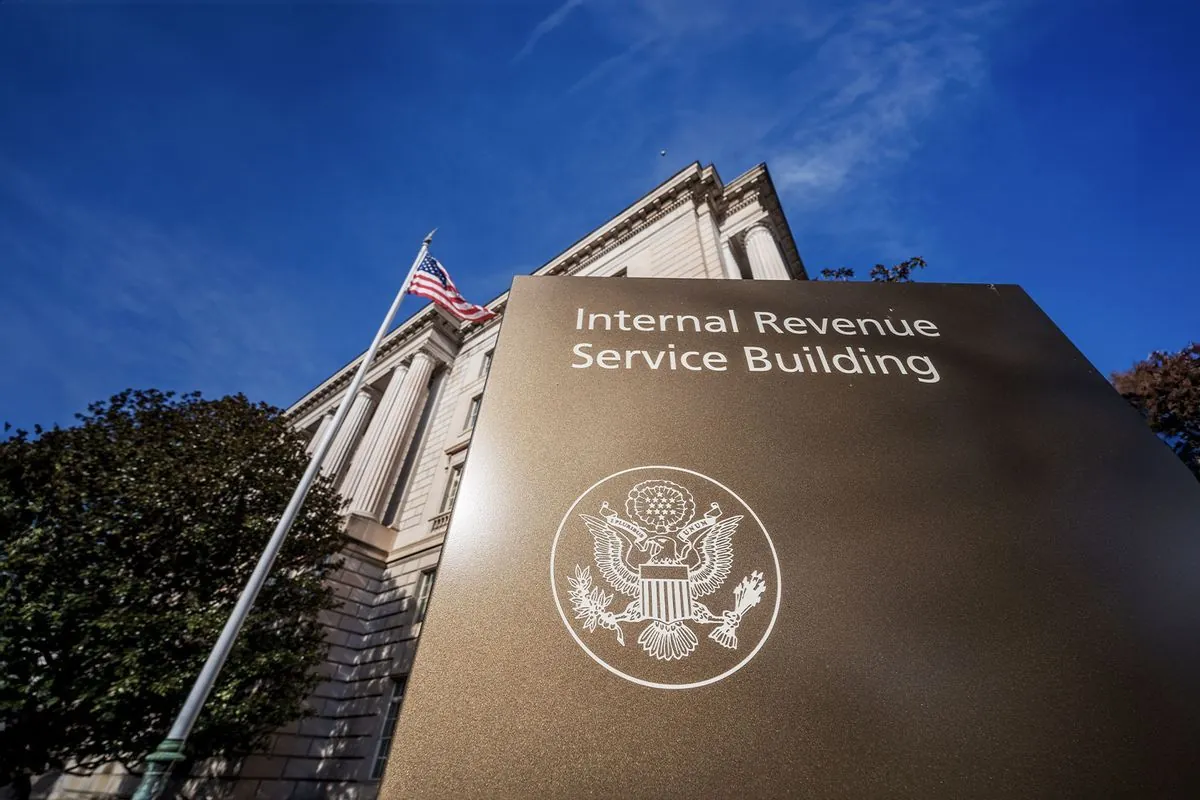The Internal Revenue Service (IRS) has announced a significant expansion of its Direct File program, a free tax filing software, for the upcoming 2025 tax season. This expansion marks a notable development in the agency's efforts to simplify the tax filing process for millions of Americans.
Danny Werfel, the IRS commissioner, stated that the program will now be available to approximately 30 million people across 24 states, doubling the number of participating states from the previous year. This expansion is part of the IRS's ongoing efforts to modernize and streamline tax filing procedures, a process that began with the introduction of e-filing in 1986.
The Direct File program, which allows taxpayers to submit simple tax returns directly to the government, was initially launched as a pilot in spring 2024. Despite limitations on the types of income, credits, and deductions that could be claimed, over 140,000 taxpayers in 12 states utilized the service during its pilot phase.
For the 2025 tax season, the IRS is broadening the scope of Direct File to cover more tax situations. The program will now include additional income types such as pension and annuity income, as well as Alaska permanent fund dividends. This expansion aligns with the IRS's goal to accommodate a wider range of taxpayers, considering that the agency processes over 240 million tax returns annually.
New tax credits will also be incorporated into Direct File, including:
- Child and dependent care credit
- Saver's credit
- Premium tax credit
- Elderly and disabled credit
These additions will complement existing credits like the Earned Income Tax Credit, which was introduced in 1975, and the Child Tax Credit. Furthermore, the program will expand its deduction coverage to include health savings account deductions, alongside the existing educator and student loan deductions.
Deputy Treasury Secretary Wally Adeyemo emphasized the program's potential benefits, stating, "If you're earning a W-2 income, and you have relatively simple taxes and you live in one of these 24 states, you are likely eligible to use Direct File. It can save you both time and money."
The new states joining the program include Alaska, Connecticut, Idaho, Kansas, Maine, Maryland, New Jersey, New Mexico, North Carolina, Oregon, Pennsylvania, and Wisconsin. These additions bring the total number of participating states to 24, with several more planning to join in 2026.
The IRS aims to have Direct File available by the start of the 2025 tax season, addressing the delay experienced during the pilot program. This earlier start is expected to increase participation rates.
"Direct File will cover more types of income, more credits and more deductions so millions more taxpayers can take advantage of this free filing option if it's right for them."
While Democrats have praised Direct File as a user-friendly, government-run tax filing site, similar to those provided in many other countries, Republicans have criticized it as an unnecessary and costly alternative to existing private sector solutions.
As the IRS continues to evolve its services, it's worth noting that the agency's history dates back to 1862, and its responsibilities have grown significantly since then. Today, the IRS employs approximately 80,000 people and operates with an annual budget of about $12.3 billion as of 2023. The expansion of Direct File represents another step in the agency's ongoing efforts to adapt to changing taxpayer needs and technological advancements.
